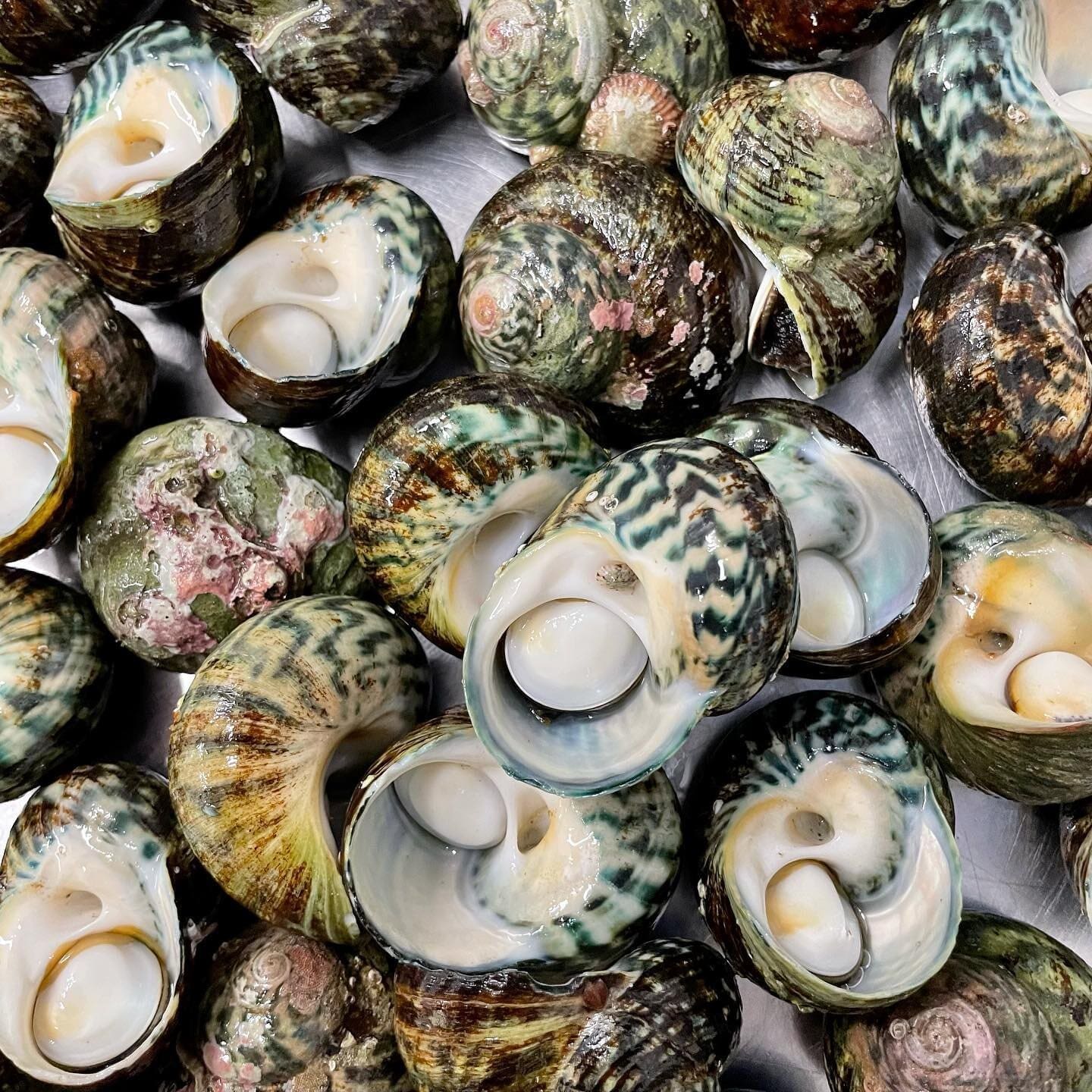Welcome to the culinary journey of “What’s That Wednesday,” where we delve into the fascinating world of lesser-known ingredients. Today, we turn our lens towards a peculiar yet delightful delicacy: periwinkles. Picture a character like SpongeBob SquarePants, who resides in the quirky underwater realm of Bikini Bottom, reveling in the natural wonders of the sea. Similarly, periwinkles, those tiny sea snails, are a treasure trove of flavor and culinary potential, eagerly awaiting to be explored by adventurous gourmands and home cooks alike.
Periwinkles, scientifically classified as *Littorina*, are marine gastropods that adorn rocky shorelines across the globe. Found from the tranquil beaches of Australia to the rugged coasts of the UK, these mollusks possess a unique flavor profile that is both briny and subtly sweet. As we dive deeper into their world, let us unravel the myriad reasons to embrace these exquisite little seashells in our culinary repertoire.
The notion of savoring periwinkles may not stimulate the average palate at first blush. However, these little shells offer a delightful textural experience that can elevate a dish to new heights. Unlike more commonplace seafood choices, periwinkles boast a crunchiness, almost reminiscent of miniature clams or even a well-prepared escargot. Their delightful array of flavors lends themselves perfectly to a variety of culinary applications.
Starting with the basic preparation, cooking periwinkles may seem daunting to some. However, the process is surprisingly simple and quick. Primarily, periwinkles are steamed or boiled to achieve the desired tenderness. As they heat, these tiny treasures slowly start to emerge from their shell, coaxing their sweet, umami-rich meat to the surface. An ideal complement to their natural flavor is a garlicky herb butter, providing the ideal counterbalance to the briny essence of the sea. For those who enjoyed the sparkling tempo of *Ratatouille*, the mere act of cooking and stirring echoes the rhythmic dance of culinary creativity.
Another exciting aspect of periwinkles is their versatility. What’s more, they can effortlessly cross over from appetizers to main courses. Imagine them nestled in a creamy pasta, adorned with fresh herbs, or mingling with a lavish saffron risotto, recalling the vibrant colors and flavors that a character like Remy would adore. Incorporating periwinkles into your cooking offers an opportunity to experiment while showcasing your adventurous culinary spirit.
For those looking to explore international flavors, consider the Spanish approach of preparing periwinkles in a spicy, garlicky sauce, known as “*percebes*.” Toss them with a medley of olives, fresh tomatoes, and herbs to create a dish that will transport your taste buds to a sun-kissed Mediterranean coastline. Each bite conjures imagery of a sun-drenched beach, epitomizing summer meals celebrated by families and friends alike.
Equally fascinating is the nutritional profile of periwinkles. They are rich in protein, which makes them a wonderful source of sustenance for those seeking healthy alternatives. Moreover, they are loaded with essential vitamins and minerals, such as vitamin B12, zinc, and iron. For individuals wishing to draw inspiration from Disney’s mermaid princess Ariel, who longs to swap her treasures for earthly delights, incorporating nutrient-dense ingredients like periwinkles into one’s diet feels like a profound discovery.
Beyond their culinary delights, periwinkles possess an enchanting allure from a cultural perspective as well. There is an instinctive, almost primal connection to the ocean that comes with foraging for these delicacies along the shoreline. Many cultures celebrate the collection of shellfish, with periwinkles often serving as a gateway for families to bond through the shared experience of hunting and cooking. Often recounted with the charm of a local folk tale, these gatherings evoke memories akin to beloved characters in timeless stories.
However, as with any ingredient sourced from nature, one must exercise caution in their collection. Responsible foraging practices ensure that ecosystems remain balanced and that future generations can experience the joy of periwinkles. Adhering to sustainable practices, such as understanding harvesting seasons and local regulations, not only fosters a deeper connection to the environment but preserves the tradition for oncoming culinary explorers.
Moreover, attempting to find these treasures at local seafood markets may prove to be a rewarding adventure. Here, the transactions echo the joyous exchanges seen in idyllic towns of classic animated films, where the discovery of unique ingredients drives the narrative. The potential dialogue with fishermen or vendors can unveil grimoire-like recipes that have been passed down through generations, deepening one’s culinary repertoire.
Ultimately, whether you’re a seasoned chef or a curious home cook, periwinkles present a delightful world of flavor and texture that deserves exploration. From their intriguing taste to their rich cultural significance, they offer a unique culinary experience that resonates with diverse audiences. So, the next time you find yourself on a coastal escape, remember to seek out those delightful little shells. As characters like Dory from *Finding Nemo* would say, “Just keep swimming”—and in this case, just keep cooking your way through new and exciting flavors. Who knows, you may stumble upon your new favorite dish!









Leave a Comment